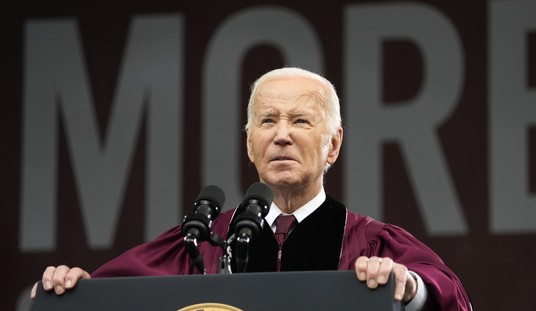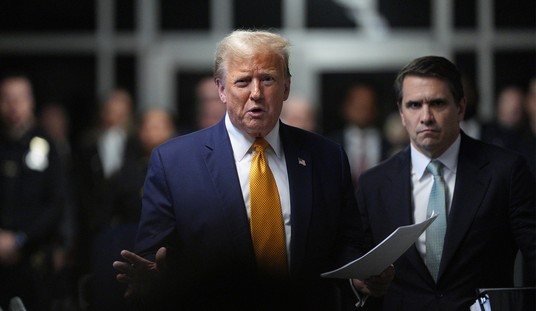Pennsylvania’s economy has returned to its usual, but hardly flattering, pattern of lagging behind the national growth rate, a scholar at the Allegheny Institute for Public Policy says.
Over the nine years ending in 2006, 41 states had faster real gross domestic product (GDP) growth than the Keystone State’s 18.6 percent, notes Jake Haulk, the Ph.D. economist and president of the Pittsburgh think tank. The nation’s GDP growth rate was 32.4 percent during that period.
But during the next decade – from 2006 through 2016 – Haulk says Pennsylvania’s economy looked comparatively strong, owing to the deep recession in many states hard hit by the subprime mortgage debacle and the concomitant devastating effects on construction and the overall economy it created.
While Pennsylvania performed slightly better than many states over the last 10 years, Haulk says (in Policy Brief No. 17, Vol. 35) signs are emerging that most hard hit states have shaken off the worst of the recession and returned to a stronger growth path after 2013.
But, “The recent pattern of jobs and jobs-related data provide evidence that Pennsylvania’s relative standing compared to the nation is quickly slipping back into its long-term pattern established before the last recession in which it typically trails the national performance,” he says.
Haulk notes that part of the commonwealth’s relatively good jobs performance from 2010 to 2012 can be attributed to the rapid expansion of Marcellus shale gas drilling and production.
Recommended
“Unfortunately, that boost has diminished somewhat with the slowdown in drilling and the big drop in the price of gas,” the Allegheny Institute president reminds.
In the four years since 2013, Haulk says the comparative economic performance picture has begun to look more like the old, longer-term scenario wherein Pennsylvania’s growth lagged well behind the country and most states.
Private employment in the U.S. now stands 7.2 percent or 8.44 million jobs above the pre-recession reading of 2007. That means for the 10-year period, nationwide jobs grew at an annual average rate of 0.7 percent. That modest pace, Haulk reminds, is 40 percent slower than the 1.13 percent per year growth posted in the 10-year period ending in 2007.
“Meanwhile, Pennsylvania’s private employment traced a very different pattern,” Haulk says. “From 2007, the employment count fell by 232,000 to reach its low point of 4.855 million in 2009, a drop of 4.6 percent from the 2007 reading, a considerably smaller percentage decline than experienced in the U.S. where jobs continued to fall into 2010.
“By 2010, Pennsylvania employment had already started to rise but nonetheless took until 2014 to get back to the 2007 level,” he adds.
Since 2013, private employment in the Keystone State is up by 5 percent, bringing the 2017 level to 5.3 million, a total increase of 212,000 since 2007, the think tank scholar says. That’s a very slim 4.15 percent rise (0.4 percent per year) over the 10 years and a massive 44 percent plunge from the 7.5 percent increase in the 10 years ending in 2007.
Thus, in both the 1997 to 2007 period and the 2007 to 2017 period, Pennsylvania’s private employment growth lagged behind the U.S. rate by around 40 percent, while national and Pennsylvania growth are both down 40 percent from the earlier period.
“After holding its own and even enjoying a handful of years with better than national economic performance during the last recession and early recovery from the deep downturn that began in 2008, Pennsylvania’s economy has unfortunately returned to its long-term pattern of lagging national growth,” Haulk says.

























Join the conversation as a VIP Member